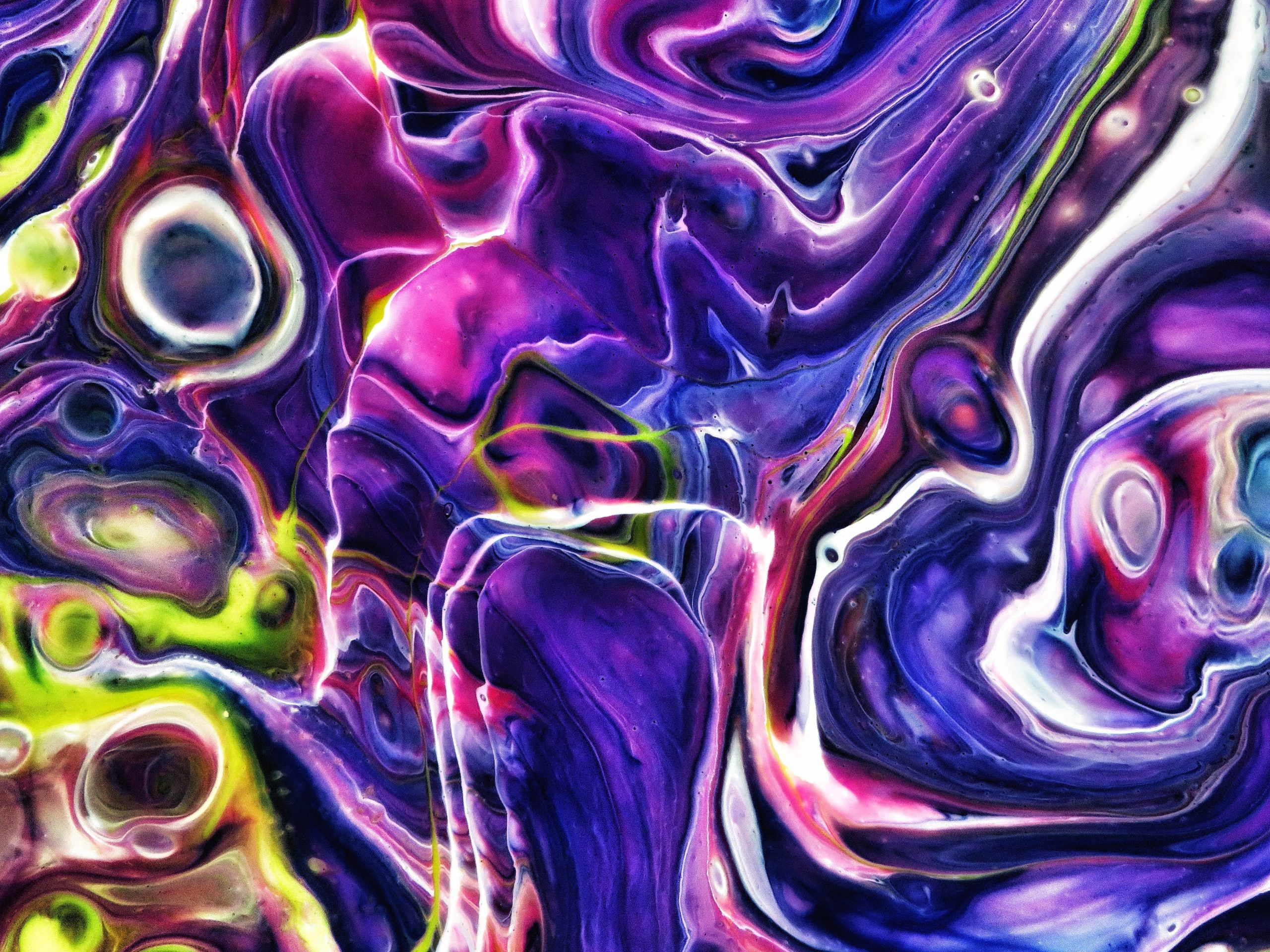Psychedelic Therapy: An Alternative Classification for Expanded Healing Options – Part One

When science classifies drugs or substances they are typically grouped by biochemical “how” or mechanism: what they block, what they inhibit, what they bind to, what they regulate, etc. As psychedelic research continues to unfold, this type of classification of psychedelics (and related substances) will continue to expand and be refined in this way.
Classifying substances in this manner can be helpful in the medical model by providing insight in to further research and discovery and to provide alternative pathways in to different intervention options.
But for the purposes of this thought project, I want to classify psychedelic substances by their cognitive and emotional function and outcome rather than by their biochemical action. When seen through this lens, psychedelics are a catalyst, and the apparatus that creates the actual healing arises through a variety of subjective experiences; creating cognitive space by decreasing emotional processing, disrupting our current default programming, providing cathartic releases, and creating a cognitive reframe and a new understanding of Life and of one’s place in it.
So the psychedelic inspired biochemical effect creates the fertile soil from which transformational subjective experiences take root and grow. Much of the actual healing arises from both the subjective experience and, more importantly, from the narrative and meaning we assign to that experience.
Psychedelics seem to allow many to break through some deep programming or (mis)understanding, which allows a new, updated program and understanding to be installed; one that changes how we want to live going forward.
After interviewing at an integrative psychiatry clinic last year, it occurred to me that based on the business models of many who will be practicing psychedelic-assisted therapy, there are likely going to be many, many people who could benefit from this therapy that are going to be left out; due to financial constraints, logistics, or legal/moral issues.
So I started thinking about alternatives; ones that operate via the functions I mentioned above: subjective experiences that create cognitive space, disrupt old programs, provide cathartic release, and reframe our understanding of the world and our place in it.
Of course, we can probably find a few things in the conventional medical and pharmaceutical models that fit those criteria, but those models have not been fantastic, so I was looking in a different direction; one that includes the larger experiences of ego dissolution, a sensed holism, a continuity of life, and the perception of a larger purpose.
Other places where we have heard that same language used to describe healing experiences and major life changes come from near death experiences, out of body experiences, breath work, meditation, yoga, qigong, and other mystical and spiritual practices.
These areas have always contained the same potential for healing and transformative experiences, they just don’t tend to have the same immediacy that psychedelics provide.
Outside of the near death experience example, these practices usually need to be cultivated for a long period of time before the individual enters the room of transformative experience, whereas taking psychedelics is like kicking down the door to the room.
But the opportunities are there, and some claim that the understanding is different. I will take a closer look at these opportunities in Part 2, and in Part 3, I will shed some light on what technological solutions might be available for addressing issues of mental health and performance.